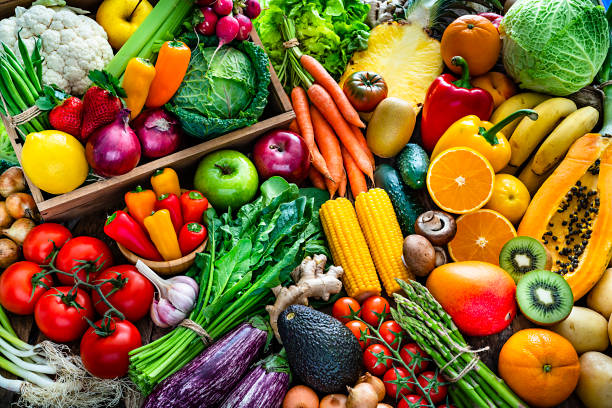How does Germany cook, eat and shop? Is the number of vegetarian eaters increasing? What is the Germans’ favorite food? Questions that the Nutrition Report 2016 now answers based on a Forsa survey.
The most popular dish of the Germans
According to the 2016 Nutrition Report, the favorite food of Germans is pasta. Around 35 percent of those surveyed chose hot pasta as their number one choice. This is followed by vegetable and potato dishes with 18 percent and fish dishes with 16 percent. Fourth place goes to salad (15 percent), fifth place to pizza (14 percent), and sixth place with 11 percent to meat dishes/schnitzel.

In general, Germans often serve meat dishes and sausages: around 83 percent of those surveyed eat them several times a week. Around 47 percent of men and 22 percent of women eat meat and/or sausage every day.
Women eat healthier
It should be five servings of fruit and vegetables a day – that’s what the German Society for Nutrition (DGE) recommends. In fact, however, 85 percent of women and 66 percent of men eat fresh fruit and vegetables every day. 37 percent of the men surveyed and 27 percent of the women surveyed reach for frozen pizza.
Of course, the survey participants also have a sweet tooth, as the 2016 Nutrition Report reveals. Around 42 percent of men like to snack while watching TV. For women, the proportion is 33 percent. 16 percent of German men drink soft drinks every day – around ten percent more than women.
The proportion of vegetarians low
Interest in vegetarian and vegan diets is increasing every year. In fact, only three percent of the Germans surveyed are vegetarians – more women than men. This is now shown by the 2016 Nutrition Report.
Germans’ passion for cooking
77 percent of the survey participants stated that they enjoy cooking a lot. This desire is particularly pronounced among young adults up to the age of 29, city dwellers, and women (around 80 percent each). However, only 41 percent of those surveyed cook every day
Lactose, fructose, gluten
Twelve percent of the Germans surveyed abstain from products containing lactose, gluten, and fructose due to intolerances. According to the 2016 Nutrition Report, women are more frequently affected than men.
Regional products

Food from the region is very trendy! More and more people want to know exactly what ends up on their plate and how it was made. According to the 2016 Nutrition Report, 76 percent of those surveyed pay attention to regional products.
For 58 percent of the participants, it is important to pay attention to the prices of groceries when shopping. Above all, young adults up to the age of 29 are guided by advertising when making their purchasing decisions.




